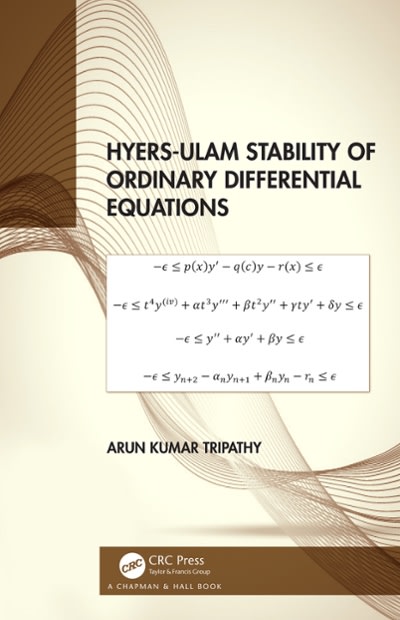ExtraCredit-06: Problem 1 Problem Value: 1 point(s). Problem Score: 38%. Attempts Remaining: Unlimited. (1 point) Running heart rate ~ Jose is a physician who is researching to what extent running affects heart rate in 18-25 year-olds. He believes that less than 50% of 18-25 year-olds will experience a heart rate of more than 120 beats per minute (bpm) after running a mile. Jose recruits a random sample of 362 people between the ages of 18 and 25 to run a mile and records their heart rate. He finds that 162 have a heart rate of more than 120 bpm. Round all calculated answers to 4 decimal places. 1. Correctly state the null and alternative hypotheses. Ho : P = HA : P 2. If you assume that the observations in the sample are independent, what is the smallest value the sample size could be to meet the conditions for this hypothesis test? OA. 162 OB. 25 O c. 10 OD. 20 O E. None of the above 3. Calculate the test statistic for this hypothesis test. 4. Calculate the p-value. 5. Which of the statements below are correct interpretations of the p-value? You should choose all that are correct interpretations. A. This p-value suggests that based on this sample there is strong evidence that the null model is not compatible with the data O B. The p-value is the probability of obtaining a sample result at least as or more in favor of the alternative hypothesis if the null hypothesis is true. O C. The p-value is the proportion of times in repeated sampling that the alternative hypothesis is true O D. This p-value suggests that based on this sample there is extremely strong evidence that the null model is not compatible with the data. O E. The p-value is the probability that the null hypothesis is true OF. If we repeat the hypothesis test many times, the p-value is the proportion of times our test statistic will be close to the expected value of the null distribution.ExtraCredit-06: Problem 2 Problem Value: 1 point(s). Problem Score: 0%. Attempts Remaining: Unlimited. (1 point) Taste Test ~ Some people claim that they can tell the difference between a diet soda and a regular soda in the first sip. A researcher wanting to test this claim randomly sampled 120 such people. He then filled 120 plain white cups with soda, half diet and half regular through random assignment, and asked each person to take one sip from their cup and identify the soda as diet or regular. 73 participants correctly identified the soda. Round all calculated answers to 4 decimal places. 1. What are the correct hypotheses for conducting a hypothesis test to determine if people are able to differentiate between diet and regular soda, that is, is the proportion who choose correctly higher than the 50% that random guessing would predict? Ho :P ? v HA : P ? v 2. Which of the following conditions must be met for the hypothesis test to be valid? Check all that apply. QA. The observations must be independent. OB. n * Po > 10 and n * (1 - Po) > 10 O C. The observations must be normally distributed. OD. n * p > 10 and n * (1 -p) > 10 3. Calculate the test statistic for this hypothesis test. ? 4. Calculate the p-value for this hypothesis test. p-value = 5. Based on this p-value, the researcher has ? evidence that the null model is not a good fit for our observed data.ExtraCredit-06: Problem 3 Problem Value: 1 point(s). Problem Score: 0%. Attempts Remaining: Unlimited. (1 point) You're fired! ~ Suppose that in a random sample of 318 employed Americans, there are 54 individuals who say that they would fire their boss if they could. Round all calculated values in this problem to 4 decimal places. 1. The value 54/318 = 0.1698 is a ? We want to use the information from the sample to conduct a hypothesis test to determine if fewer than 19% of employed Americans would fire their boss if they could. 2. Choose the null and alternative hypotheses for this test. Use appropriate notation. OA. Ho : p = 0.19, HA : P 0.19 OD. Ho : P = 0.19, HA : P










